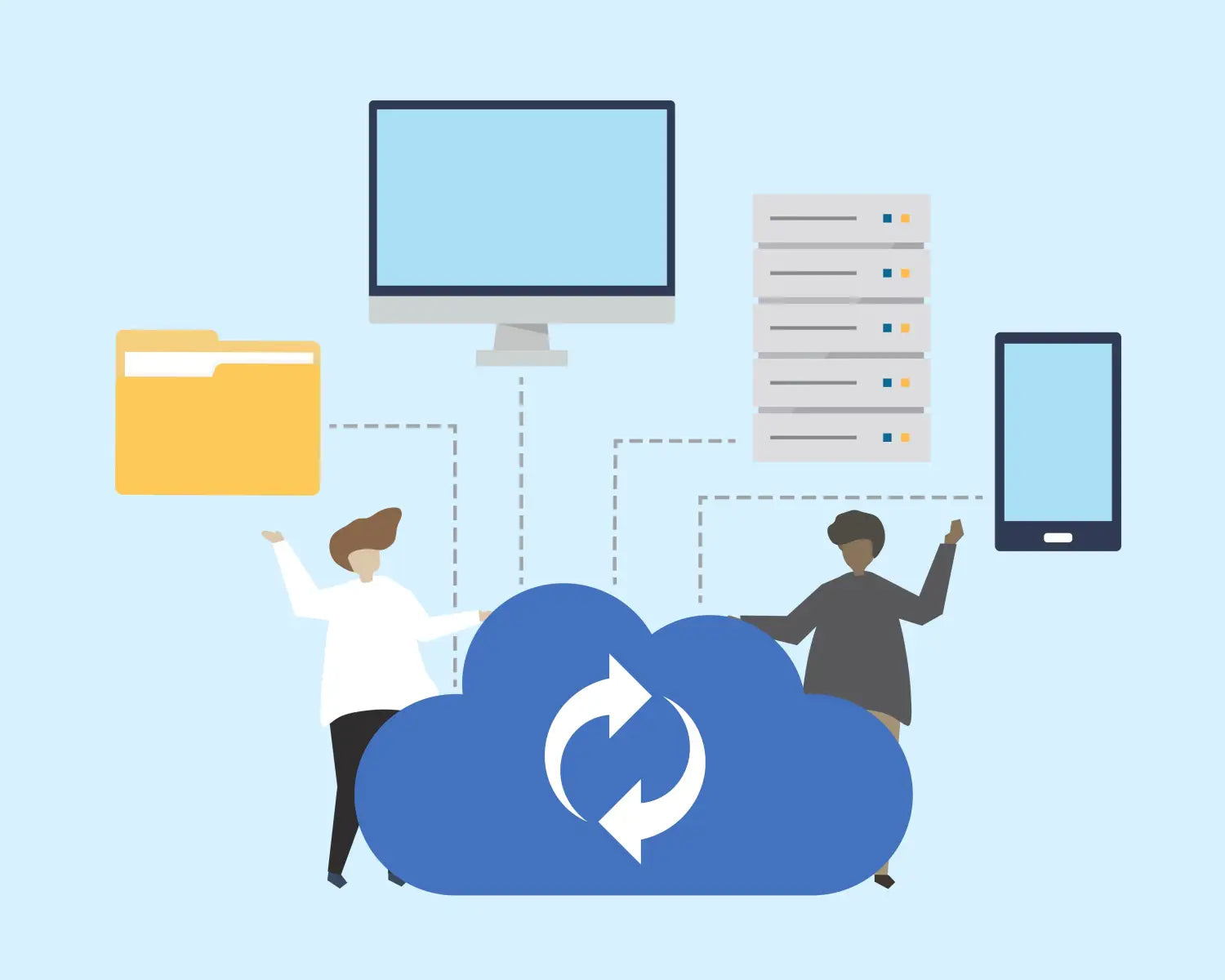You’ve more than likely run into Windows 365 in the last few years in your business. Windows 365 is a cloud-based service offered by Microsoft that provides businesses with a scalable and flexible solution for delivering Windows desktops and applications to their employees. Rather than being a piece of software that you purchase and download. Windows 365 is a cloud-based service that you pay a subscription for. By being a subscription service, you pay for the maintenance of the software, and you will always be provided with the most recent updated version, including bug fixes and patches. We’ve provided why moving to Windows 365 would benefit your business.
Flexibility and Mobility
Windows 365 allows employees to access their personalized Windows desktop environments from virtually any device with an internet connection, including PCs, Macs, tablets, and smartphones, ensuring employees can work with their preferred devices. This flexibility enables remote work and mobile productivity. 
Simplified IT Management
IT administrators can manage Windows 365 desktops centrally, making it easier to deploy, configure, update, and secure Windows environments for all users. This simplifies the management of desktop infrastructure. Also, by moving desktops to the cloud, organizations can reduce the need for on-premises hardware maintenance, reducing operational complexity.
Scalability
Windows 365 offers scalability, allowing organizations to add or remove user desktops as needed, which avoids over-provisioning and allocating resources based on actual usage, optimizing costs and resource utilization. This makes it suitable for businesses with fluctuating workforce sizes or seasonal demands.
Security Enhancements
Windows 365 includes robust security features, including Azure Active Directory integration, Microsoft Defender Antivirus, and conditional access policies. This helps protect sensitive business data and resources.
 Consistent User Experience
Consistent User Experience
Users get a consistent Windows experience regardless of the device they use to access their virtual desktop. This ensures that applications and data are accessible and usable from various endpoints.
Reduced Hardware Costs
Businesses can extend the lifespan of existing hardware since Windows 365 relies on the cloud for desktop computing. This reduces the need for frequent hardware upgrades and replacements.
Business Continuity and Disaster Recovery
In the event of hardware failures or disasters, Windows 365 desktops can be quickly provisioned on new devices, ensuring business continuity and minimizing downtime.
Improved Collaboration
Windows 365 integrates seamlessly with other Microsoft 365 services, such as Microsoft Teams and SharePoint, facilitating collaboration and communication among employees.
Compliance and Data Protection
Windows 365 helps organizations meet compliance requirements by enabling them to implement security and data protection measures consistently across all user environments.
Resource Efficiency
By moving desktops to the cloud, organizations can allocate computing resources more efficiently. Users can access the level of computing power they need, reducing overprovisioning.
Predictable Costs
Windows 365 offers subscription-based pricing models, making it easier for businesses to budget and plan their IT expenses. It eliminates the upfront capital costs associated with traditional desktop infrastructure.
Enhanced Performance
Windows 365 supports various performance tiers, allowing businesses to choose the level of performance that suits their specific needs. This ensures that resource-intensive applications run smoothly.
Streamlined Application Delivery
Organizations can deliver applications alongside Windows 365 desktops using technologies like Microsoft App Attach, simplifying application management and delivery.
Quick Provisioning and Scaling
IT teams can provision new desktops or make adjustments to existing ones rapidly, enabling them to respond to changing business requirements and onboarding new employees efficiently.

Support for Hybrid Work Environments
Windows 365 is suitable for hybrid work scenarios, where employees split their time between the office and remote locations. It ensures they have consistent access to their work environments.
Upgrading to Windows 365
Once you’ve made the decision to upgrade to Windows 365, various systems will need to be implemented to ensure a smooth transition. This includes:
- ensuring all devices that will be using Windows 365 will be compatible
- Ensuring you have the correct licensing and subscriptions in place. Windows 365 requires a Microsoft 365 subscription, specifically Windows 365 Enterprise or Windows 365 Business.
- Choosing the plan that is best for your business’s needs. [https://www.microsoft.com/en-gb/windows-365/enterprise/compare-plans-pricing]
- Preparing user data and ensuring it is backed up and prepped for migration
- Making your team aware, and provide training if necessary, of any additional security steps that may be used once you’ve upgraded, such as two factor authentication
- Consider a pilot deployment among a small group of your team for a dummy run, obtaining feedback and compatibility with your business.
- Ensure you have a contingency plan for monitoring the performance and security of your new Windows 365 environment, such as implementing regular updates, security patches and maintenance as required.
- Providing ongoing user support to address any questions or issues that may arise during daily use of Windows 365.
Windows 365 offers businesses a versatile and cloud-native approach to managing desktop environments, supporting the needs of modern workforces. It provides the agility, security, and scalability required to meet the demands of a rapidly evolving business landscape.







